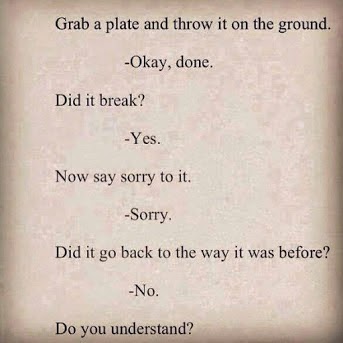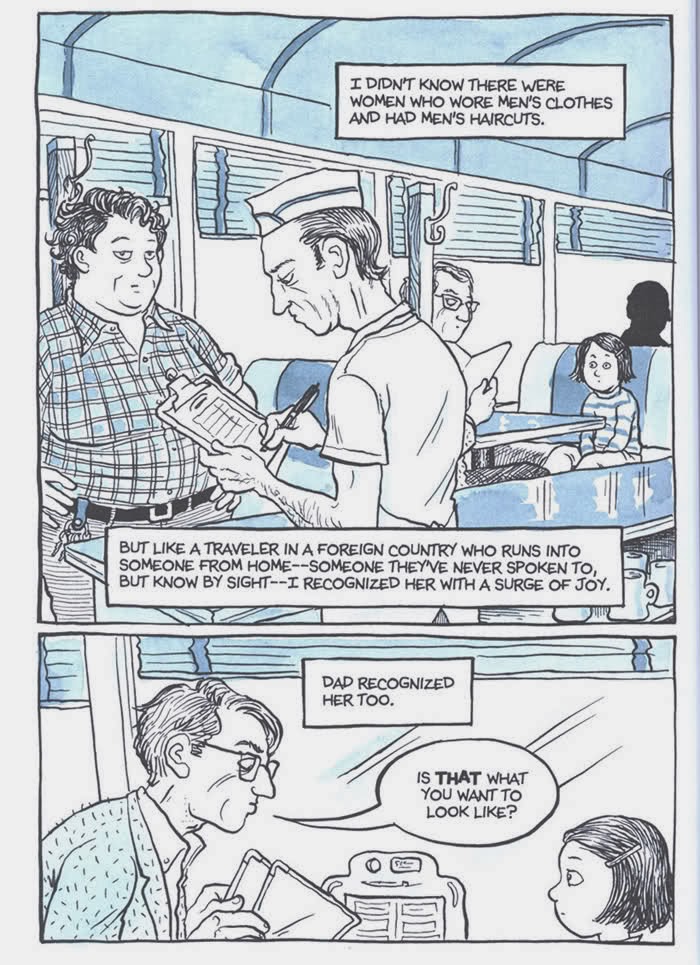The Salem Witch Trial Memorial - “What's This Memorial Really About?”

I was supposed to give this talk today, but it got rained out. I may have the chance to give it again sometime soon, but I thought I'd post this here in case anyone is interested. The Salem Witch Trial memorial was erected in 1992 to mark the tercentenary of the witch hysteria. It was designed as the first physical structure in the city of Salem to commemorate the trials and the execution of twenty innocent people suspected of witchcraft in 1692. What a beautiful, reflective, introspective space. People often forget just how long the memorial was in coming to fruition. Historic Salem, Inc. created a committee in 1963 to commemorate what they then referred to as the Witch Delusion. The idea was that the memorial would rest on Gallows Hill, where the hangings are believed to have taken place. At that point, the Essex Institute, now part of the Peabody Essex Museum, and the Massachusetts Society for the Preservation of American Antiquities, now Histo










